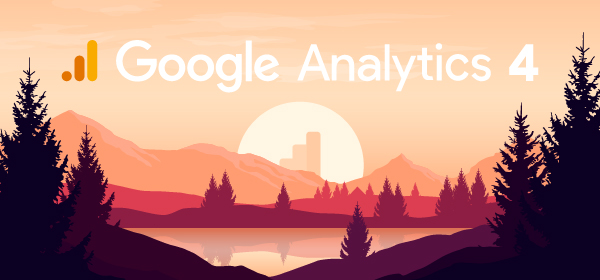The first question kind of speaks for itself: is the technology architecture you’re working with fairly simple or rather very complex? If you are working with commonly used and established technologies, you probably won’t need a CDP with a set list of +150 APIs to connect it with a plethora of exotic tools and programs.
On the other hand, if the architecture of your organization is quite complex, with lots of existing technologies and tailor-made solutions, you might want a CDP that’s easily integrated. These CDPs typically have many ready-to-use APIs, which often also offers the advantage of connecting with technologies you’ll introduce at a later point as well.
Do we need support in terms of GDPR and data governance?
Even though privacy is top of mind at the moment, and there’s a large sense of urgency for companies to comply to regulations like GDPR, many businesses are still struggling on this front. It’s no easy task to transform your organization and marketing activities according to the ever-evolving privacy standards of today and tomorrow.
There are many ways to approach this. One way could be to collect less data. A difficult choice, since you need a minimum of relevant data to offer your customers the personalized treatment they’ve come to expect both online and offline.
The alternative is to develop a processes that manages the data in a GDPR-compliant way. While you could opt for a complex custom-built solution, or even outsource the issue entirely, you might as well leverage the capabilities of a CDP for the task. The core function of such a platform is to collect and link all data related to an individual, that's exactly what you need to manage your data in a GDPR-compliant way.
What do you want to do with the data?
In the end, everything comes down to what your plans are with the data you’ll collect in your CDP. There are a wide variety of options: should it be sent to your BI-team, for example? Or do you want to use the CDP like a marketing automation tool. A CDP can let you blend data, set up segments, and connect to your publishing and advertising tools. Long story short: there are a lot of use cases for a CDP. Depending on these capabilities, you might prefer certain solutions over others. In the end, it’s what you want to achieve with the tool that dictates what it should be able to do.
With these questions answered and a budget in mind you, you can start a more focused search for the right CDP for your business.








